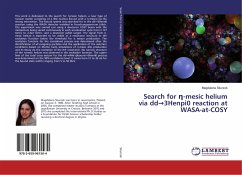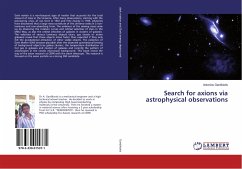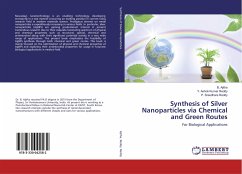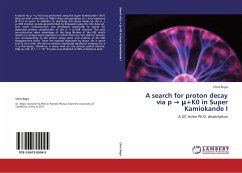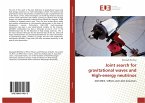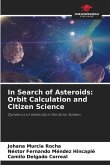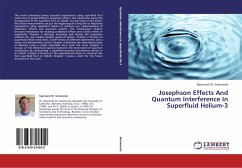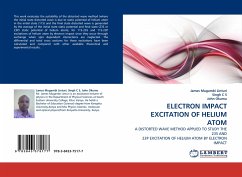This work is dedicated to the search for -mesic helium, a new type of nuclear matter consisting of a 4He nucleus bound with a meson via the strong interaction. The bound system was searched for in the dd 3Henpi0 reaction using the WASA detector installed in Forschungszentrum Jülich. The experiment was carried out using a deuteron COSY beam with the momentum being varied continuously in each acceleration cycle from 2.127 GeV/c to 2.422 GeV/c, and a deuteron pellet target. The signal from -mesic helium is expected to be visible as a resonance structure in the excitation function below the threshold for meson production. The excitation function for the considered process was determined after the identification of all outgoing particles and the application of the selection conditions based on Monte Carlo simulations of -mesic 4He production and its decay via the excitation of the N resonance. No narrow structure of the -mesic helium was observed in the excitation function. The upper limit of the total cross section for the dd (4He- )bound 3Henpi0 process was determined on the 90% confidence level. It varies from 21 to 36 nb for the bound state width ranging from 5 to 50 MeV.
Bitte wählen Sie Ihr Anliegen aus.
Rechnungen
Retourenschein anfordern
Bestellstatus
Storno

